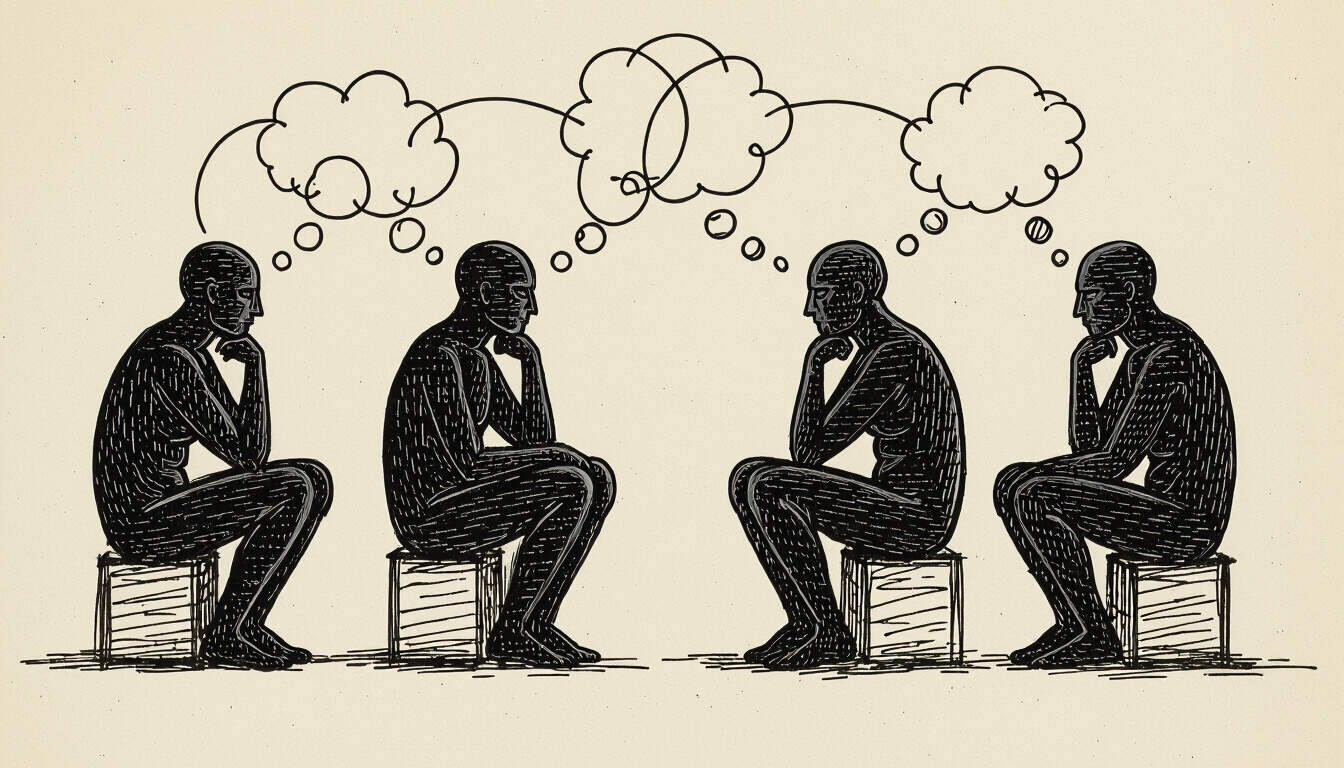Behavioral Pattern Recognition and Its Ties to Second-Order Thinking
 by Shanie Goodwin
by Shanie Goodwin
Behavioral pattern recognition offers tools for deeper analysis of actions and outcomes, linking to second-order thinking and feedback loops. This approach aids in personal growth and decision-making by examining long-term effects and cyclical influences.

Behavioral pattern recognition involves identifying recurring behaviors and their consequences. This process often intersects with second-order thinking, which examines the indirect results of actions. For instance, a simple decision like daily exercise might lead to improved health, but second-order thinking reveals how it influences productivity over time.
In practice, people use behavioral pattern recognition to spot trends in their routines. Feedback loops play a key role here, as they create cycles where behaviors reinforce themselves. A positive feedback loop could occur when consistent study habits lead to better grades, encouraging more study. Conversely, negative loops might trap individuals in unproductive cycles, such as procrastination feeding into stress.
To apply this, consider everyday scenarios. In professional settings, managers might analyze team dynamics through behavioral pattern recognition. By observing how decisions affect morale, they can predict future outcomes. Feedback loops amplify these effects; for example, positive reinforcement from a leader can boost team performance, creating a cycle of success.
Students benefit from this approach in academic pursuits. Recognizing patterns in learning styles helps in adapting strategies. If a student notices that group discussions enhance retention, they might prioritize collaborative work. Over time, this builds into a feedback loop where improved understanding leads to greater confidence and further engagement.
The Role of Cognitive Processes
Cognitive processes underpin how we detect and respond to patterns. Behavioral pattern recognition requires attention to details that might otherwise go unnoticed. Through repeated observation, individuals develop the ability to anticipate outcomes based on past behaviors.
Feedback loops add depth to this by showing how actions loop back to influence future ones. In personal development, tracking habits through journals can reveal these loops. For example, skipping meals might lead to fatigue, which in turn reduces motivation for physical activity, forming a negative cycle.
Professionals in fields like psychology or business often use tools to map these patterns. By breaking down behaviors into components, they can identify where interventions are needed. This analytical method fosters growth by addressing root causes rather than symptoms.
Practical Applications
- One way to start is by maintaining a log of daily activities and their results.
- Analyze entries to find recurring themes, such as energy levels after certain routines.
- Use this data to adjust behaviors, creating positive feedback loops for better outcomes.
In systems thinking, behavioral pattern recognition helps in modeling larger systems. For curious individuals, exploring these concepts can lead to profound insights. By focusing on the interplay between actions and results, one can refine decision-making processes.
Challenges and Insights
While beneficial, recognizing patterns requires consistent effort. Individuals may overlook subtle cues, leading to incomplete analysis. However, with practice, this skill sharpens, allowing for more accurate predictions.
Feedback loops can be particularly insightful in group dynamics. In a workplace, a team's response to challenges can either strengthen cohesion or highlight weaknesses. Understanding these loops enables better conflict resolution and innovation.
For those in personal development, integrating behavioral pattern recognition means reflecting on life choices. This might involve examining how small habits accumulate into significant changes, much like compound interest in finance.
Ultimately, the combination of behavioral pattern recognition, second-order thinking, and feedback loops offers a framework for growth. By applying these ideas, professionals, students, and others can navigate their paths with greater awareness and intentionality.
